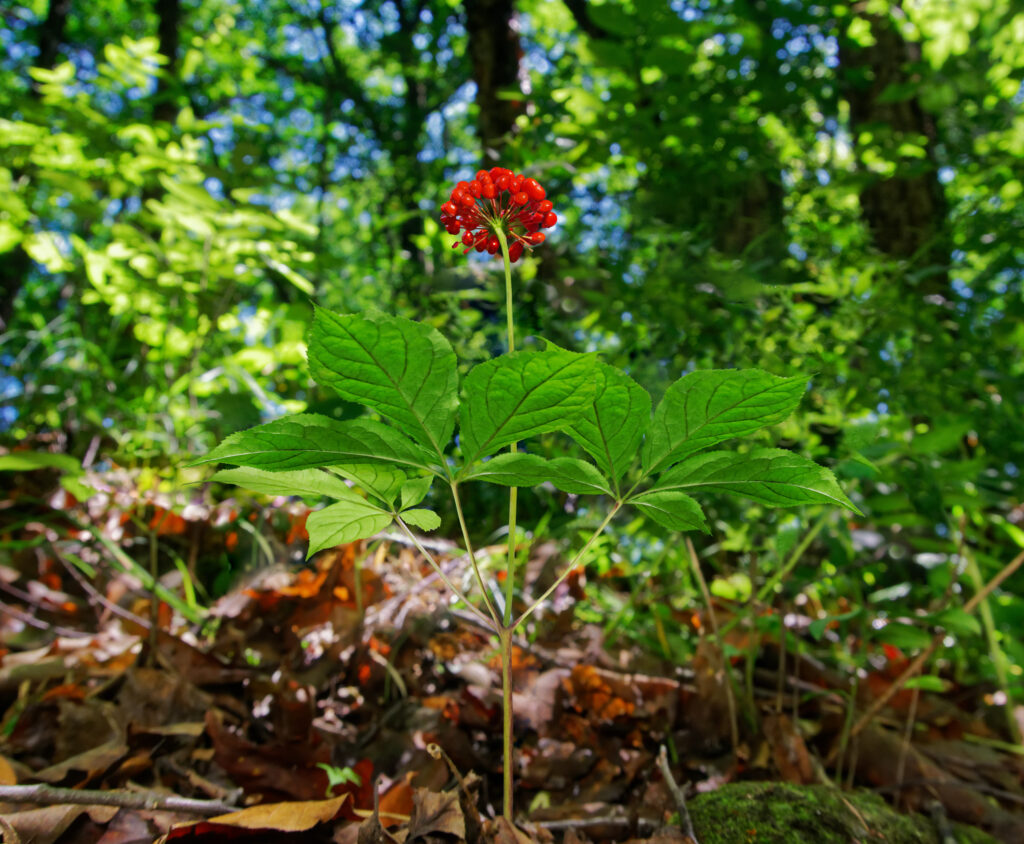The Monongahela National Forest will start selling permits to harvest ginseng Aug. 28 for a season that runs from Sept. 1 through Nov. 30.
Permits will be available at the six ranger stations spread throughout the forest, as well as at the supervisor’s office, Monday to Friday, from 8 a.m. to 4 p.m. The cost is $20 and allows the holder to dig up to 95 ginseng plants in the forest.
Amy Lovell, education specialist for the Monongahela National Forest, said the permits are a way to help protect harvesting on public lands for future generations.
“Wild ginseng populations have declined over the past decade,” she said. “We’re really concerned about the sustainability of the harvest in the forest. And also we can educate folks when they come in to purchase a permit on the best harvesting practices.”
West Virginians have hunted ginseng for generations, and Lovell said the forest sees the tradition being passed down from generation to generation.
“Oftentimes, when folks come to get a permit from one of the ranger stations, it’ll be almost three generations that come together, so a grandparent with their child and their grandchild,” she said. “It’s definitely a cultural tradition in Appalachia, and we just want to see it done sustainably in the forest so that it can continue for future generations.”
Lovell says the number of permits is limited and awarded on a first come first serve basis. Permit holders are required to harvest only mature plants that have fruited this year.
“We ask folks when they harvest the plant to leave the fruit on site, they can plant that fruit in the ground to help propagate that population,” she said. “This isn’t a requirement, but we asked folks to harvest no more than 25 percent of the legal plants in a patch. Research suggests that harvesting more than that can lead to population declines.”






















